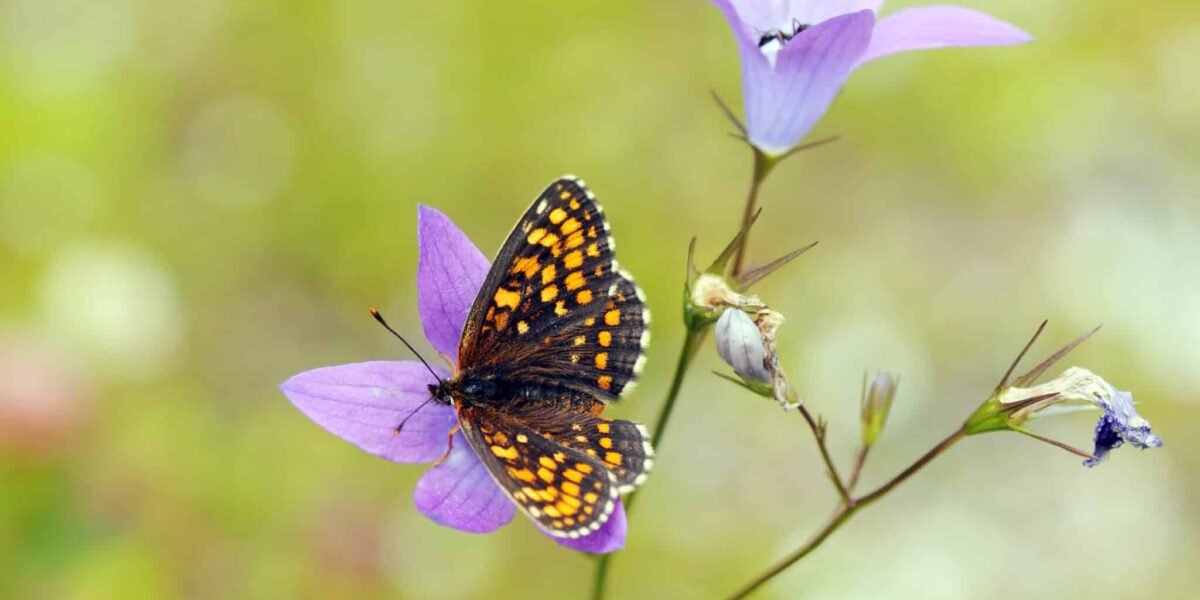“Long transmission line routes often pass through valuable natural sites. We carry out maintenance on the principle of causing the minimum possible disruption to nature,” says Mikko Jalonen, Manager, Maintenance Management at Fingrid.
For example, during nesting season, Fingrid does not clear vegetation from sites that are valuable to birdlife. In some places, maintenance work requiring heavy machinery is postponed until winter because it results in less damage to the soil and vegetation than when the ground is soft.
Before clearing or treating the trees in the border zone, official sources are consulted to verify whether the area contains any protected plants or nature areas.
“Specific instructions are issued for places like these, and the most sensitive areas are marked on the terrain so that they can be avoided.”
One aspect of preserving biodiversity is preventing the spread of invasive species.
“It is our aim that the employees working in the field are able to identify invasive species and do their work without spreading them,” Jalonen says.
Maintenance work also promotes living conditions of species and increases biodiversity.
Transmission line maintenance work also promotes the living conditions of species and increases biodiversity.
“When we fell trees in border zones, we can leave logs behind at the landowner’s request to provide more rotten wood to help various organisms grow and thrive in the area and serve as nesting trees for birds.”
Meadows and pastures, the natural environments of many butterfly species, are becoming rarer, but transmission line rights-of-way can offer suitable open habitats for them.
“Regular clearing work has preserved the habitats of endangered butterflies. One species to benefit from this is the false heath fritillary, along with the elder-leaved valerian, a food source for this butterfly,” Jalonen says.
Fingrid is currently conducting a study to monitor the effects of more frequent clearing on the reproduction of plants and other living organisms in traditional landscapes and sunny, dry habitats.
“We are receptive to new ways of maintaining and promoting biodiversity as part of our operations.”
Fingrid contributes to biodiversity by developing the main grid to achieve the green transition and climate goals, so our climate will change as little as possible and have the minimum possible impact on nature.






